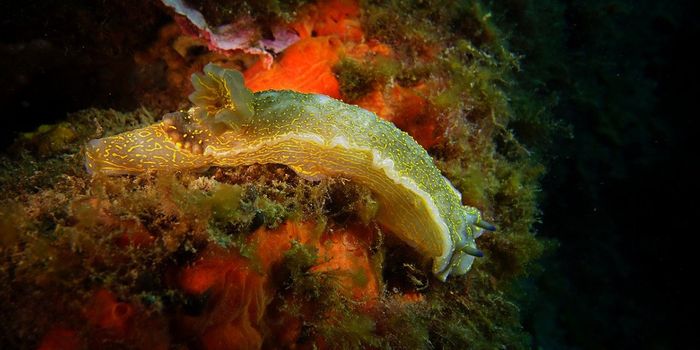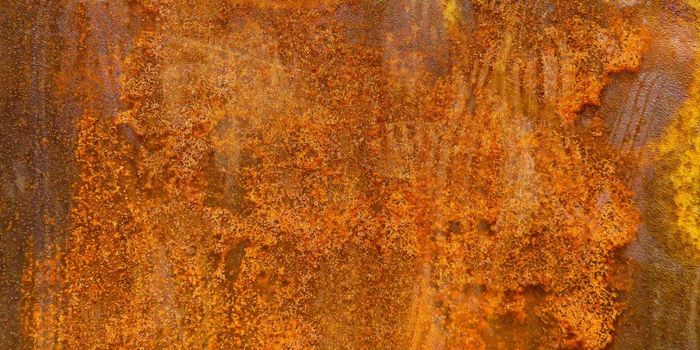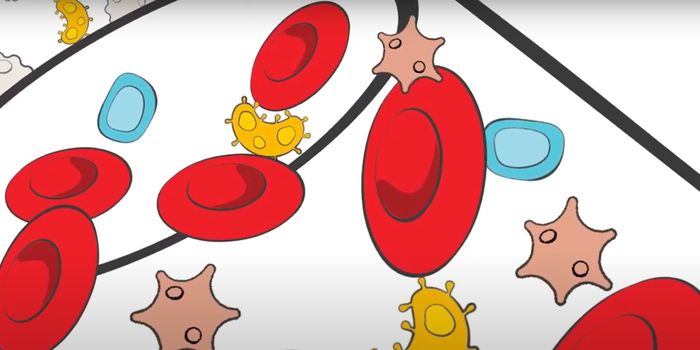I love all things science and am passionate about bringing science to the public through writing. With an M.S. in Genetics and experience in cancer research, marketing and technical writing, it is a pleasure to share the latest trends and findings in science on LabRoots.
APR 24, 2024 4:30 AM PDT
Share
How Animals See the World: A Look into Eye Evolution
How do other animals see the world? Scientists have studied the workings of the eye and vision of a wide range of animals. Eye evolution turns out to be extremely variable depending on the feeding patterns and environment of each animal.
Dogs see in sepia and yellow, not pure black and white as people used to believe, while cats see in shades of gray, green and blue during daylight hours. However at night, cats have evolved a different vision pattern and can see very well. This is in part due to a special layer of tissue under the retina called the tapetum lucidum. It reflects visible light back through the retina, increasing the light available to the eye. The tapetum lucidum contributes to the excellent night vision of cats and is also the reason their eyes glow when a light is shined on them.
Other animals with differing vision from humans include snakes, who see the world as a blur of patterns but catch rapid movement; flies, who have compound eyes and really do see the world in slow motion; chameleons, who have independent eye vision in each eye that provides them with a 360 degree view of the world; bulls, who don't actually see in color but are irritated by movement; and hawks, who have 5x better focused vision that humans in order to see prey from long distances.
You May Also Like
DEC 28, 2020
Immunology
Our immune system is our army against any molecule that wants to invade our bodies like viruses, bacteria, and cancer. I
...
Written By:
Heba El-wassef
FEB 19, 2021
Plants & Animals
Washington’s Puget Sound is famously home to resident and transient orca pods. However, during their yearly migrat
...
Written By:
Tiffany Dazet
MAR 09, 2021
Plants & Animals
Some of the most interesting—and possibly strangest—scientific discoveries happen by accident. According to
...
Written By:
Tiffany Dazet
MAY 15, 2021
Space & Astronomy
Researchers from the University of Tokyo have found that under certain extreme conditions, hydrogen particles can bond s
...
Written By:
Annie Lennon
JUL 30, 2021
Plants & Animals
Paleontologists gain another piece of California's past
Written By:
Timothy James
NOV 23, 2022
Clinical & Molecular DX
Infection related severe pneumonia and sepsis are often life- threatening. Sepsis alone, kills approximately 11 million
...
Written By:
Sarah Hoffman
Loading Comments...
Trending Categories
-
MAY 07, 2024Is It Anti-RNP or Anti-Sm/RNP?
- See More
-
APR 30, 2024Immuno-Oncology Virtual Event Series 2024
-
MAY 07, 20243rd International Biosecurity Virtual Symposium
-
JUN 06, 2024The Future of Scientific Conferencing
- See More















































